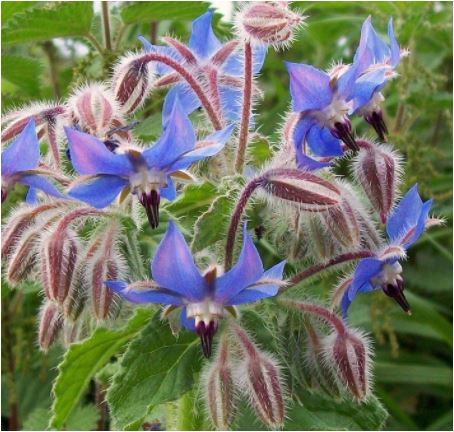
Planting for Bees
Planting for Bees
Providing nourishment for the busy little super-pollinators but nurturing and cultivating an environment that supports biodiversity and sustainability
Bees use scent to find flowers from afar and choose sweetly scented nectar-rich plants.
It is beneficial to plant a variety of flowers in large groups of similar flowers, if possible, rather than one or two here and there.
Herbs & Crops:
Lavender (English or Stoechas), lucerne, borage, sage, rosemary, beans and peas, mints, basil, granadilla, citrus, thyme, sunflowers, and dill.
Annuals:
Pansies and violas, Cape Forget-me-not, Campanula, Nemesia, Portulaca, Lobularia, Poppies, Calendula, Cosmos, Primula, Hollyhock, and Nasturtiums
Perennials:
Agapanthus, Blue Sage, Ostoespermum, Scabiosa, Barleria, Strelitzia, Arums, Watsinia, Echinacea, Bulbinella, Kniphofia, and Vygies
Shrubs:
Felicia, Hypoestes, Buddleia, Plectranthus, Hebe, Buchu, Euryops, Erica, Hibiscus, Polygala, Protea, Crassula, Aloe, Leonotus, and Bottlebrush
Trees:
Forest Elder, Lavender tree, Wild Pear, Wild Laburnum, Tree Fuchsia, Gwarrie, Coral Tree, Bush Cherry, Searsia spp., and Vachelli spp., Crap apple, and all fruit trees




